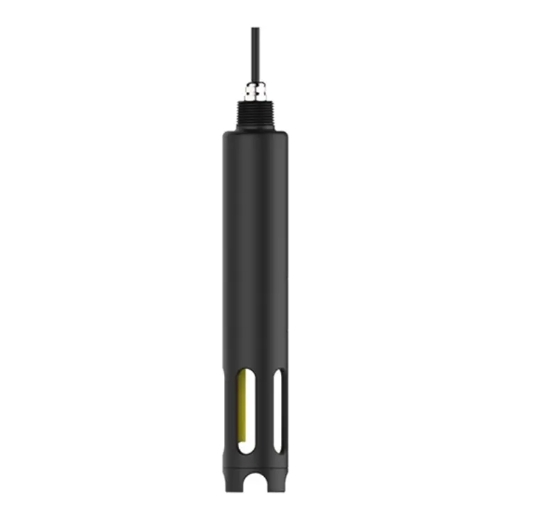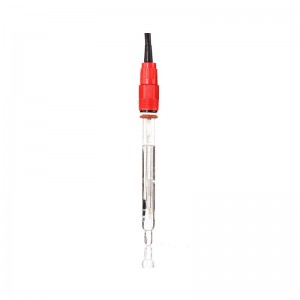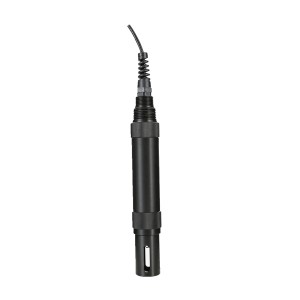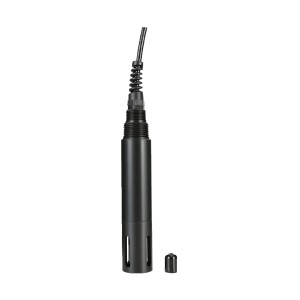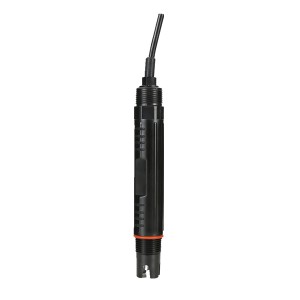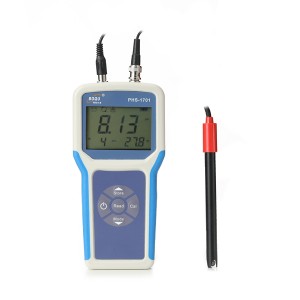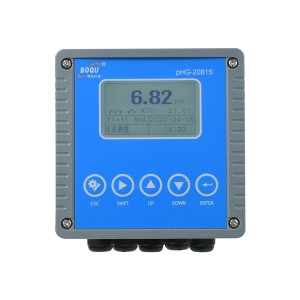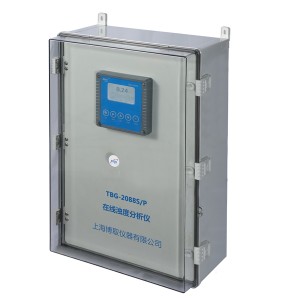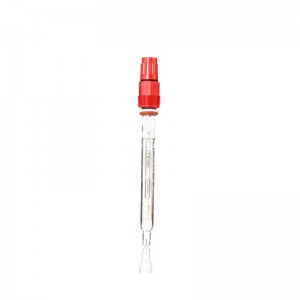The need for precise and reliable gas detection systems has never been greater than it is today. Ammonia (NH3) is a gas that is essential to monitor in various industrial applications, including refrigeration, agriculture, and chemical manufacturing.
Ammonia Sensor: Safeguarding Product Quality
Shanghai BOQU Instrument Co., Ltd. is a renowned manufacturer of Ammonia Sensor, offering state-of-the-art solutions to address the monitoring needs of various industries. Ammonia sensors play a pivotal role in safeguarding product quality by monitoring ammonia levels in critical processes. In industries like aquaculture processing and refrigeration, where ammonia is used as a refrigerant, maintaining the right concentration is vital to prevent product contamination and ensure food safety.
Moreover, in the agricultural sector, ammonia is used in fertilizers. Accurate monitoring of ammonia levels is necessary to ensure that the correct amount is applied to the fields. Excessive ammonia can harm crops and the environment, while insufficient ammonia can lead to poor crop yields. The ammonia sensors manufactured by Shanghai BOQU Instrument Co., Ltd. help in maintaining the right balance, thereby ensuring the quality and productivity of the agricultural output.
Portable Ammonia Sensor: On-the-Go Gas Detection
Traditional fixed ammonia sensors are excellent for continuous monitoring in stationary setups, but they might not be sufficient for applications where mobility is required. Portable ammonia sensors fill this gap by providing on-the-go gas detection capabilities.
The ability to carry a portable ammonia sensor to different locations and instantly measure ammonia levels is invaluable in industries that require mobility, such as emergency response teams, environmental monitoring agencies, and field researchers. Whether it’s responding to a chemical spill, inspecting air quality in various locations, or conducting research on environmental factors, portable ammonia sensors ensure quick and reliable gas detection.
Calibrating Ammonia Sensors: Tips and Best Practices
Accurate measurements are the foundation of any gas detection system, and this is especially true for ammonia sensors. To maintain the precision of these sensors, regular calibration is essential. Here are some tips and best practices for calibrating ammonia sensors effectively:
1. Frequency of Calibration: The frequency of calibration depends on the specific application and the manufacturer’s recommendations. In critical applications, more frequent calibrations may be necessary to ensure the highest level of accuracy.
2. Use Certified Calibration Gas: When calibrating ammonia sensors, it is essential to use certified calibration gas standards to ensure that the sensor’s response is accurate and reliable.
3. Proper Handling: Handle the sensor and calibration equipment with care. Any contaminants or mishandling can affect the calibration process and, subsequently, the accuracy of the sensor.
4. Record Keeping: Maintain detailed records of calibration, including dates, calibration gas concentrations, and sensor responses. This documentation is essential for quality control, compliance, and troubleshooting.
5. Environmental Considerations: Calibrate ammonia sensors in an environment that closely mimics the conditions in which they will be used. Temperature, humidity, and pressure can all affect sensor performance.
6. Regular Maintenance: In addition to calibration, regularly inspect and maintain the sensor for any signs of wear or damage. Replace parts as needed to ensure optimal performance.
Shanghai BOQU Instrument Co., Ltd.: A Trusted Ammonia Sensor Manufacturer
For those seeking high-quality ammonia sensors, Shanghai BOQU Instrument Co., Ltd. is a name synonymous with reliability and precision. Their range of ammonia sensors is designed to meet the rigorous demands of various industries. With cutting-edge technology and a commitment to quality, their sensors play a pivotal role in maintaining product quality and safety.
Features: Cutting-Edge Technology for Reliable Measurements
The Ammonia Sensor BH-485-NH comes equipped with several features that set it apart as a top-notch ammonia sensor:
1. Ion Selective Electrode: This sensor employs an ammonium ion selective electrode to directly detect ammonium ions in the water, enabling it to determine the concentration of ammonia nitrogen with high precision.
2. Potassium Ion Compensation: During the measurement process, ammonia nitrogen levels can be affected by the presence of potassium ions. The BH-485-NH sensor compensates for this interference, ensuring accurate readings.
3. Integrated Sensor: This ammonia sensor is an all-in-one solution, integrating the ammonium ion selective electrode, pH electrode (used as a reference electrode for stability), and temperature electrode. These parameters work together to mutually correct and compensate for the measured ammonia nitrogen value, allowing for multi-parameter measurements.
Applications: Where the BH-485-NH Shines
The versatility of the BH-485-NH sensor makes it an ideal choice for a range of applications, including:
1. Sewage Water Treatment: Monitoring ammonia nitrogen levels in nitrification treatment and aeration tanks is essential for efficient sewage water treatment. The BH-485-NH excels in this context, providing accurate data to optimize treatment processes.
2. Groundwater and River Water Monitoring: In environmental and ecological research, the sensor’s precise measurements aid in understanding and protecting groundwater and river ecosystems.
3. Aquaculture: Maintaining the right ammonia nitrogen levels is vital in aquaculture. This sensor ensures the water quality remains optimal for the growth and health of aquatic species.
4. Industrial Engineering: From chemical processing to industrial wastewater management, the BH-485-NH plays a vital role in maintaining water quality in various industrial settings.
Technical Specifications: Performance You Can Rely On
The BH-485-NH boasts impressive technical specifications:
1. Measurement Range: NH3-N: 0.1-1000 mg/L, K+: 0.5-1000 mg/L (optional), pH: 5-10, Temperature: 0-40℃.
2. Resolution: NH3-N: 0.01 mg/l, K+: 0.01 mg/l (optional), Temperature: 0.1℃, pH: 0.01.
3. Measurement Accuracy: NH3-N: ±5% or ±0.2 mg/L, K+: ±5% of the measured value or ±0.2 mg/L (optional), Temperature: ±0.1℃, pH: ±0.1 pH.
4. Response Time: ≤2 minutes.
5. Minimum Detection Limit: 0.2 mg/L.
6. Communication Protocol: MODBUS RS485.
7. Storage Temperature: -15 to 50℃ (Non-frozen).
8. Working Temperature: 0 to 45℃ (Non-frozen).
9. Protection Level: IP68/NEMA6P.
10. Cable Length: Standard 10-meter long cable, extendable up to 100 meters.
11. Dimensions: 55mm×340mm (Diameter*Length).
Conclusion
In conclusion, Ammonia Sensor is indispensable in industries where the presence of ammonia can impact product quality and safety. Whether in food processing, refrigeration, agriculture, or emergency response, these sensors are vital tools for ensuring the right levels of ammonia. Portable ammonia sensors offer the flexibility of on-the-go gas detection while adhering to best practices for calibration ensure their accuracy. When it comes to ammonia sensors, trust the expertise and innovation of manufacturers like Shanghai BOQU Instrument Co., Ltd. for reliable and precise solutions.
Post time: Nov-13-2023

